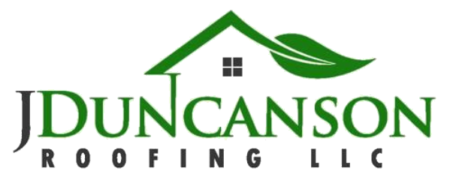METAL ROOFING DALLAS – METAL ROOFERS FORT WORTH – METAL ROOFS INSTALLED GRAPEVINE – METAL ROOFS INSTALLATION KELLER
More and more, homeowners are seeking out building materials with energy efficiency in mind. They want this for their renovations and new homes, products that not only secure and improve structures but also provide long-term cost-cutting on energy bills. Additionally, while promoting environmental and economic sustainability in the greater community. Among the array of possible upgrades, “cool metal roofing” easily answers this consumer demand offering a solid, attractive roofing solution. It’s available in multiple colors, textures, and profiles, for steep-slope and low-slope applications. These can save your household up to 40% of its annual energy costs, depending on your geographical region.
The Benefits of Energy Efficient Metal Roofing As reported by the Cool Metal Roofing Coalition and the Oak Ridge National Laboratory, installation of reflective metal roofing can save your home up to 40% in summer cooling energy costs while highly emissive metal roofs can reduce urban air temperatures by as much as 12 ° F. Combined, these benefits mean less money out of your wallet, less dependence on energy resources and less general air pollution in your neighborhood and across the nation.
Why does Metal Roofing have superior energy efficiency performance?

Where annual cooling loads dominate, a highly reflective and highly emissive painted or granular-coated metal roof is optimal for reducing energy consumption and can actually re-emit up to 90% of absorbed solar radiation.
Additionally, most metal roofing, including standing seam, consists of recycled material and installs directly onto an existing asphalt roof. Therefore, this reduces landfill waste and promotes quick installation as well as decades of environmentally-sound, maintenance-free strength and beauty. On a building or on a home, the roof has a major impact regarding energy efficiency with the absorption of heat from sunlight (Solar Radiation). The heat is either reflected into the atmosphere or absorbed through conduction into the building. Any solar radiation that is absorbed will heat the roof’s surface. The more absorption of solar radiation, the greater the need to find alternative means to dissipate the heat.
Energy Efficiency Terms and Details
That’s where emittance comes into play affecting energy efficiency. Emissivity is measures of the roof’s ability to shed absorbed heat. Furthermore, the roof’s design (type, color, elevation) will determine how the heat is reflected and absorbed heat is emitted. “Cool” coating technology reflects solar radiation (Solar Reflectivity) and sheds the absorbed heat away from the surface (Thermal Emittance).
Conduction
The passing of heat through a roof material into the layer in contact directly beneath the surface.
Convection
The heating of the air that passes over a hot surface.
Heat Flux
The amount of energy flowing through any surface.

Source: Lawrence Berkley National Laboratory
Cool Coatings
Coatings colored with conventional pigments tend to absorb infrared radiation. Replacing conventional pigments with “cool” pigments (absorb less infrared radiation) can yield similarly colored coatings with higher solar reflectance.
Mainly, cool coatings lower roof surface temperatures, reducing the need for cooling energy in conditioned buildings and making unconditioned buildings more comfortable.
How do the “cool” pigments work
Pigments provide color by absorbing and reflecting different parts of the sun’s wavelength spectrum based on their chemistry. Color pigments selectively absorb visible light, and what light it reflects appears to the human eye as color.
Pigments also have IR characteristics. While nearly 40% of the sun’s energy occurs in the visible light range (400 to 700 nm), more than 50% of the sun’s energy is in the non-visible infrared region (700-2500nm). It’s infrared (IR) that is largely responsible for heat build-up.

